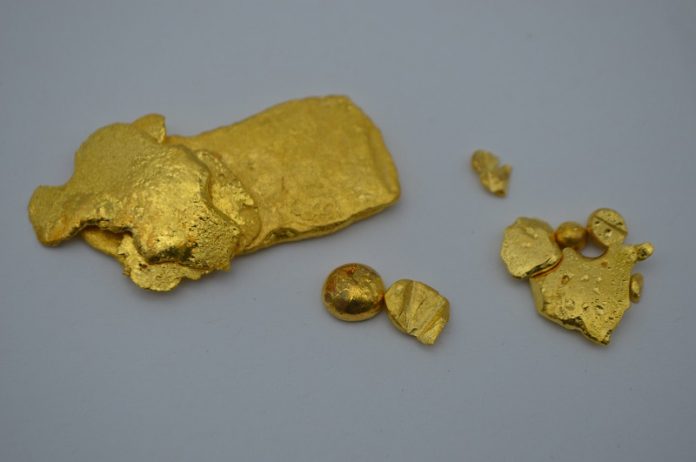
A team of researchers at Flinders University in Australia has found a safer and more eco-friendly way to extract gold—not just from traditional ore, but also from electronic waste like old computers.
This new method could help reduce the use of dangerous chemicals and cut down on environmental damage caused by mining.
Gold is a valuable material used in electronics, medicine, and aerospace, and it’s in high demand worldwide.
Traditionally, gold is extracted from ore using toxic substances such as cyanide or mercury.
These chemicals can cause serious harm to people and the environment, especially when used in small-scale mining operations that don’t have proper safety systems.
The new technique, explained in a paper published in Nature Sustainability, offers an alternative that doesn’t use these toxic chemicals.
The research team, led by Professor Justin Chalker, developed a new way to pull gold from materials using a common disinfectant called trichloroisocyanuric acid.
This chemical is usually used to treat drinking water and swimming pools. When mixed with saltwater, it can dissolve gold from ores or electronic waste.
Once the gold is dissolved, it needs to be collected. That’s where the team’s second innovation comes in: a special material made from sulfur that captures the gold from the solution. Even better, this material can be reused.
After the gold is collected, the sulfur material can be broken down and used again, making the whole process more sustainable.
The team tested the method on various types of waste, including printed circuit boards from old computers, and even some scientific waste that contained tiny amounts of gold. They were able to recover gold with high purity, showing that the method works in both simple and complex situations.
One of the biggest goals of the project is to help reduce the environmental and health risks linked to gold mining, especially in developing countries where small-scale miners still rely on mercury. Mercury use in mining is a major source of global pollution.
By offering a safer method, the team hopes to support these communities while protecting the environment.
The researchers are now working with mining and recycling companies to test the method on a larger scale. They’ve also collaborated with partners in the U.S. and Peru to apply the process to real mining situations.
Many old electronics—like computer chips and RAM cards—contain small amounts of gold and other valuable metals. Instead of throwing them away, this new technique could help recycle them in a clean and efficient way. It’s a promising step toward a “circular economy,” where resources are reused instead of wasted.
As postdoctoral researcher Dr. Harshal Patel put it, “We dived into a mound of e-waste and climbed out with a block of gold.” This breakthrough shows that with the right science, we can turn trash into treasure—and do it in a way that’s good for both people and the planet.
Source: Flinders University.



